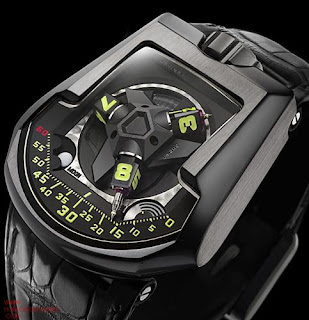I was passing through MSP and happened to notice a very clever Ad by Travelers (the fact that I remember who the Ad was for, shows how effective it was).
What made it interesting was the fact that it was interactive. You walk by an image that is projected on the wall. As soon as you cut across the projected light, a sensor picks up your movement, and distorts the image. It is fun to play with, and catches your attention.
As you can see in the first pic, a kid is playing with the image. The image is that of Traveler's umbrella made up of numerous tiny umbrellas. Once your shadow hits it, the umbrellas scatter (pic #3), and then regroup (pic #2) in a few seconds. It almost feels like the umbrella is made up of butterflies that fly back.
What is interesing is the use of technology in creating interactive Ads. This technology can be taken and applied in numerous ways especially now since projectors and scanners can fit into a phone. This could evolve into a phone that allows you to browse on a wall rather than on its tiny screen. That will shatter the form factor debate instantaneously. It only remains to be seen where else this technology can be taken.
